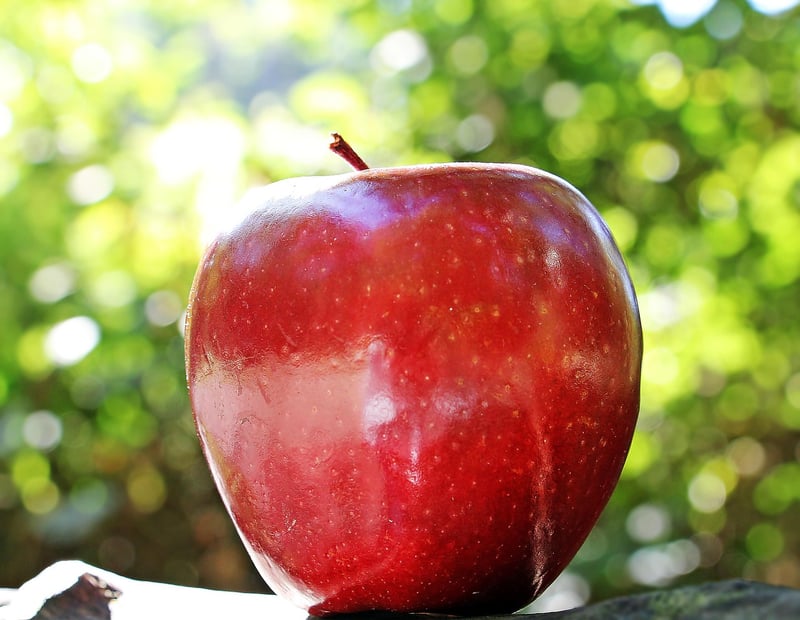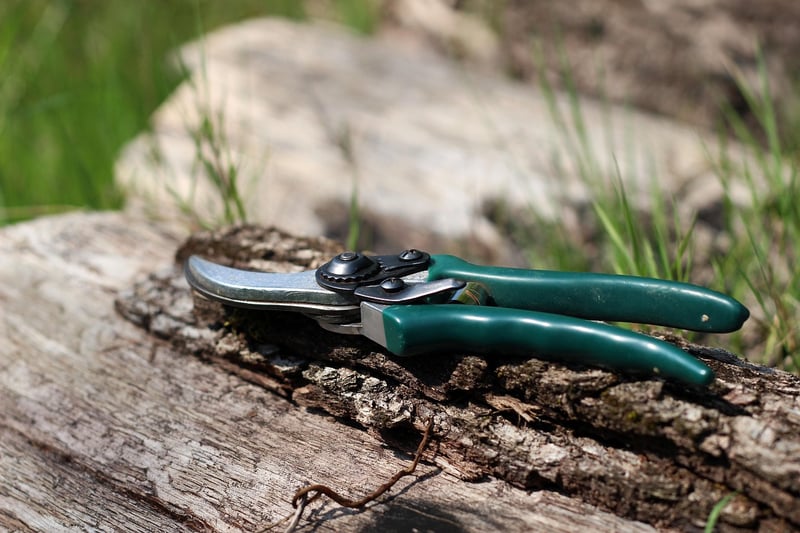Pruning Guide
Keep Your Garden Thriving + Pruning Guide
The Importance of Pruning in Garden Maintenance
Pruning is a crucial aspect of garden maintenance that often gets overlooked. Proper pruning not only helps to keep your garden looking neat and attractive but also promotes plant health and encourages new growth.
Benefits of Pruning
- Promotes plant growth
- Improves air circulation
- Controls pests and diseases
- Shapes plants for aesthetic purposes
When to Prune
The timing of pruning depends on the type of plant. Generally, pruning in late winter or early spring is ideal before the plants start actively growing for the season.
Basic Pruning Tips
- Use sharp, clean tools to make precise cuts.
- Remove dead or diseased branches first.
- Prune at a 45-degree angle just above a bud or branch junction.
- Step back regularly to assess the plant's shape as you prune.
Pruning Guide for Common Plants
Each type of plant requires specific pruning techniques. Here are some common plants and general guidelines for pruning:
Roses
Prune roses in late winter to early spring. Remove dead or weak branches and shape the plant for optimal growth and flowering.

Hedges
Trim hedges regularly to maintain a neat appearance. Use hedge shears for formal hedges and hand pruners for informal hedges.

Fruit Trees
Prune fruit trees in late winter to promote fruit production and maintain tree health. Remove overcrowded branches and water sprouts.

Conclusion
Regular pruning is essential for the overall health and appearance of your garden. By following proper pruning techniques and guidelines, you can ensure that your plants thrive and continue to enhance your outdoor space.
Remember, when in doubt, consult a local gardening expert for specific advice tailored to your plant species and garden environment.
